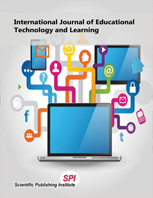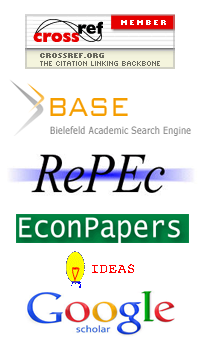Hour of Code and its Cultural Educative Impact on Preschool, Basic Education and Middle School
DOI:
https://doi.org/10.20448/2003.22.36.40Keywords:
Students, Programming, Students-Instructors, Technologies, Knowledge.Abstract
At the present time, information and communication technologies integrate learning through a ubiquitous formation, which permits access to formative resources. Hour of Code is a global movement that is currently exerting a great impact in more than 180 countries, as well as being a spectacular development of opportunities in distinct activities and projects according to the age of the participants. The fundamental objective of this great event is to increase the growth of the use of the program within the educative ambit to foster creativity and logical thinking, highlighting that no experience is needed to learn to program and to develop problem-solving skills. For student of basic education, the term “program” implies a series of codes that makes them think about a world of ideas, but one that they consider to be difficult to achieve on inserting them into their computer. This is due to lack of knowledge on programming. In the face of this context, the Centro Universitario de la Ciénega (CUCiénega) in Mexico has generated the idea of providing students from preschool and basic education a first contact with the world of programming. This is a student-centered interdisciplinary proposal that encompasses the development of cognitive skills at all learning levels; the purpose of the present article was to orient reflection concerning the development of thinking and creativity skills, conceiving of these as revitalizing learning factors.


